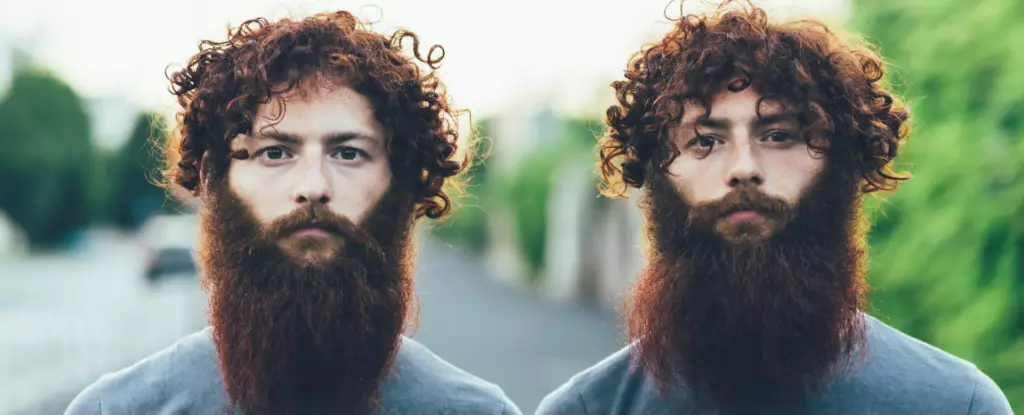Hair and nails have been symbolic markers of identity and status since the dawn of civilization. These seemingly simple aspects of our appearance can carry profound implications regarding our social standing, self-expression, and even health. The COVID-19 pandemic period highlighted this relationship as many people found themselves suddenly cut off from their usual grooming routines. Esteemed celebrities, including Taylor Swift, took matters into their own hands—literally—by opting for at-home haircuts. This dramatic context begs a fascinating question: what if we chose to neglect our hair and nails entirely? Would they continue to thrive? Let’s explore the science behind hair and nail growth and the factors that affect this seemingly perpetual cycle.
Both hair and nails primarily consist of keratin, a robust protein that forms the structure of these appendages. Hair grows from tiny cellular factories located in the hair follicle, where specialized cells divided from the hair matrix produce the visible shaft. This growth process occurs in distinct phases. The anagen phase, or active growth phase, can last anywhere from two to eight years, depending on genetic and health factors. Following this is the catagen phase, lasting around two weeks, where growth slows, and the telogen phase—lasting two to three months—characterized by rest and eventual shedding.
On average, human hair grows approximately 1 centimeter per month, while fingernails extend slightly quicker—about 3 millimeters each month. Despite the seemingly rapid growth, it’s essential to highlight that only a fraction of the hair on one’s scalp is actively growing at any given time. This complex interplay of cellular activity is essential to comprehend, as the dynamic fluctuations dictate not only our hair’s appearance but also its longevity.
While genetics is the primary determiner of growth patterns in hair and nails, other influences can have a significant impact. Age is a crucial factor; younger individuals often experience more vigorous growth due to a more dynamic metabolism and active cell division. Hormonal changes also come into play; for instance, pregnancy is often accompanied by a noticeable increase in hair and nail growth rates, thanks to the hormonal shifts occurring in a woman’s body.
Conversely, conditions such as menopause and heightened stress can impede growth, largely due to fluctuating hormone levels. Moreover, environmental factors like climate, seasons, and even individual lifestyle choices can further influence hair and nail health. For example, insufficient exposure to sunlight can hinder the body’s ability to produce Vitamin D, which is fundamental for calcium absorption—a vital mineral for sustaining hair and nail integrity.
Nourishment stands as a foundation for robust hair and nails. Although both are made predominantly of keratin, they also require a range of nutrients to enable their best growth. Key minerals such as zinc, iron, and biotin play significant roles in developing healthy hair and nails. Deficiencies can result in frailty and breakage, creating an unfortunate loop where nutrient-poor diets lead to weakened keratin structures.
For the health-conscious, understanding the interplay between nutrition and beauty is increasingly crucial. Eating a balanced diet fortified with adequate vitamins and minerals becomes not an indulgent choice but a necessary commitment to maintaining the appearance and functionality of hair and nails.
An often-cited myth is that hair and nails continue to grow post-mortem. This belief, entwined with folklore, can mislead those unaccustomed to biological realities. In fact, after death, as the body dehydrates, the skin retracts, giving the illusion that hair and nails are lengthening. Morticians are educated about this phenomenon, sometimes taking precautions to address it during preparation for viewings. Such insights not only demystify these long-held beliefs but also underline the pervasive influence our physical features hold over cultural perceptions.
The relationship between hair, nails, and personal identity remains complicated and deeply ingrained in social structures. Continuous care for these features may feel like an eternal responsibility, yet the significance of grooming transcends mere aesthetics. As society navigates ever-changing beauty standards and priorities, it becomes essential to acknowledge that our hair and nails are not merely biological components; they resonate with our well-being, self-esteem, and social narratives. They require our attention and care—not just to enhance our external presentation, but to reflect healthier lifestyles and, by extension, healthier lives.


Leave a Reply